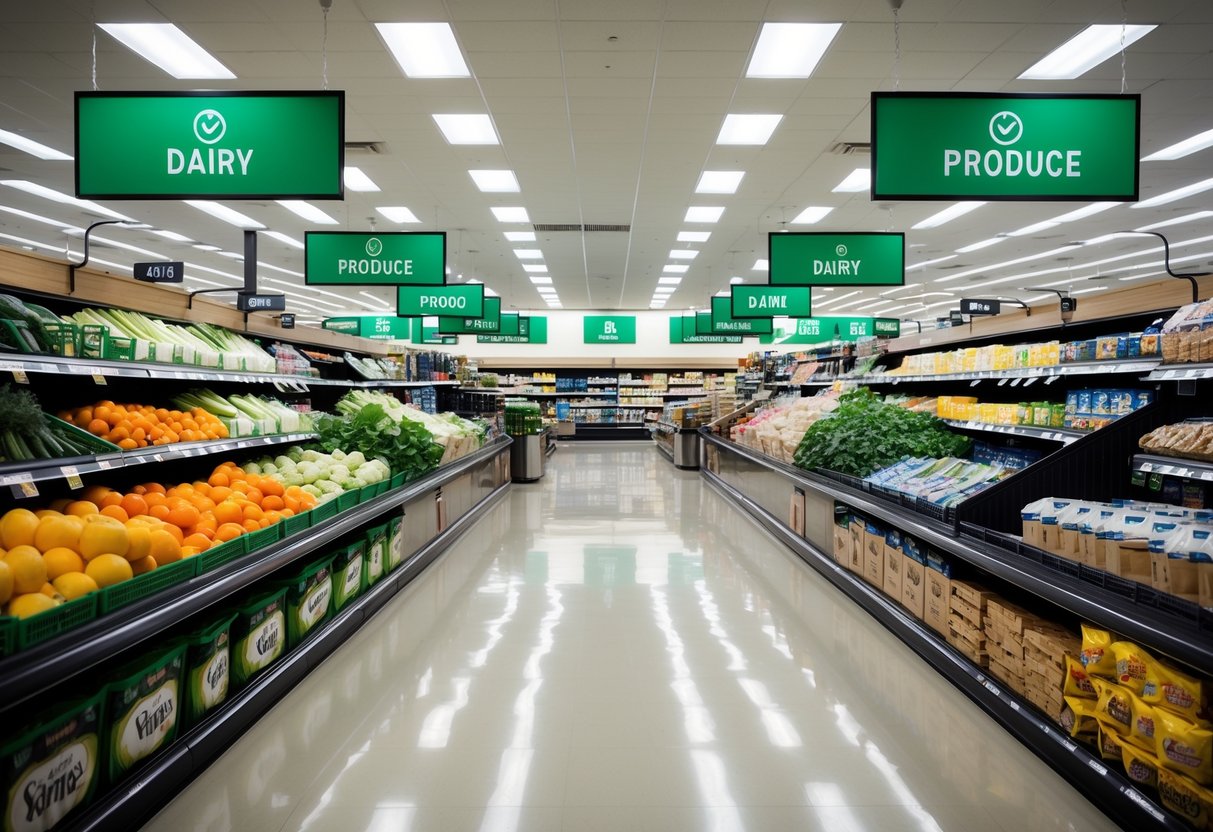Beat Inflation: Creative Grocery Shopping Hacks
Crafting a Cost-Effective Shopping List
Creating an effective shopping list requires careful planning. Items must be prioritized based on necessity and awareness of common shopping triggers should be maintained to avoid unnecessary spending.
Listing Essentials First
When preparing a shopping list, focus on identifying essential items first. This includes staples such as grains, proteins, and fruits and vegetables that form the basis of meals for the week. Consider pantry staples that need replenishing, like pasta or rice, which can help make a variety of dishes.
Attention to household necessities such as cleaning products or toiletries is key. This ensures that frequent trips back to the store are reduced. Keeping a running list on the refrigerator or a note on a phone can be helpful.
This practice minimizes impulse purchases since it creates a sense of direction while in the store. Being aware of the items that are truly needed as opposed to wanted aids in staying within budget. By listing essentials first, buyers have a clearer picture of what they need, leading to more disciplined purchasing.
Avoiding Unnecessary Extras
Impulse purchases can disrupt a budget significantly. To combat overspending, individuals need to practice mindfulness while shopping. It’s beneficial to eat before heading to the store, as hunger can increase the likelihood of impulsive buying.
Creating a secondary list of “wants” rather than “needs” helps separate essential purchases from discretionary ones. It offers insight into habitual spending and allows individuals to evaluate the importance of these extras outside the shopping environment.
Consider setting a small budget for non-essential items. This approach maintains discipline and limits the space for unplanned splurges. Remember, sticking to the list crafted with intention and awareness develop habits that lead to more efficient grocery shopping experiences.
Leveraging Store Layouts for Efficient Shopping

Using the layout of a store can significantly boost your grocery shopping efficiency. Customers who navigate stores strategically can minimize impulse purchases and better manage their budgets.
Understanding Store Organization
Most supermarkets are organized to encourage spending. Essential items like dairy and bread are often placed at the back, prompting customers to walk through aisles filled with enticing merchandise. By knowing the layout, shoppers can prioritize their shopping list and focus solely on items they truly need.
Awareness of these tactics allows customers to avoid unnecessary purchases. Shoppers who familiarize themselves with their usual store can efficiently gather what they need without becoming sidetracked by promotions or deals they haven’t planned for. This organized approach helps in sticking to a predetermined list, preventing unplanned expenses.
Well-planned pathways also mean less time spent wandering. When individuals know the store’s organization, they can map the quickest route to their needed items. It’s a straightforward strategy that saves both time and money.



